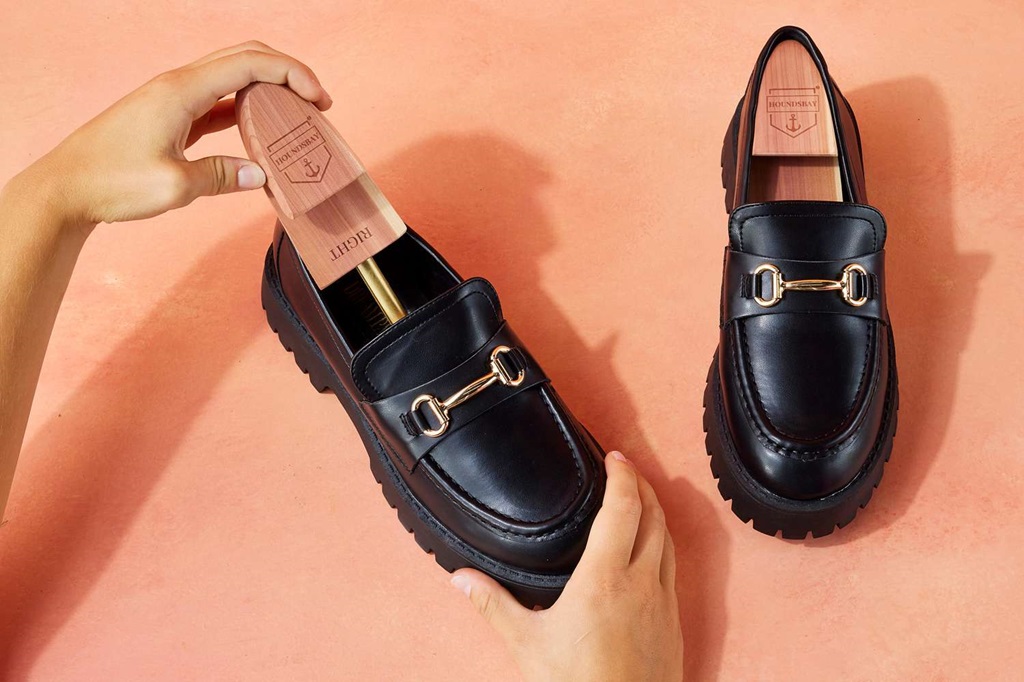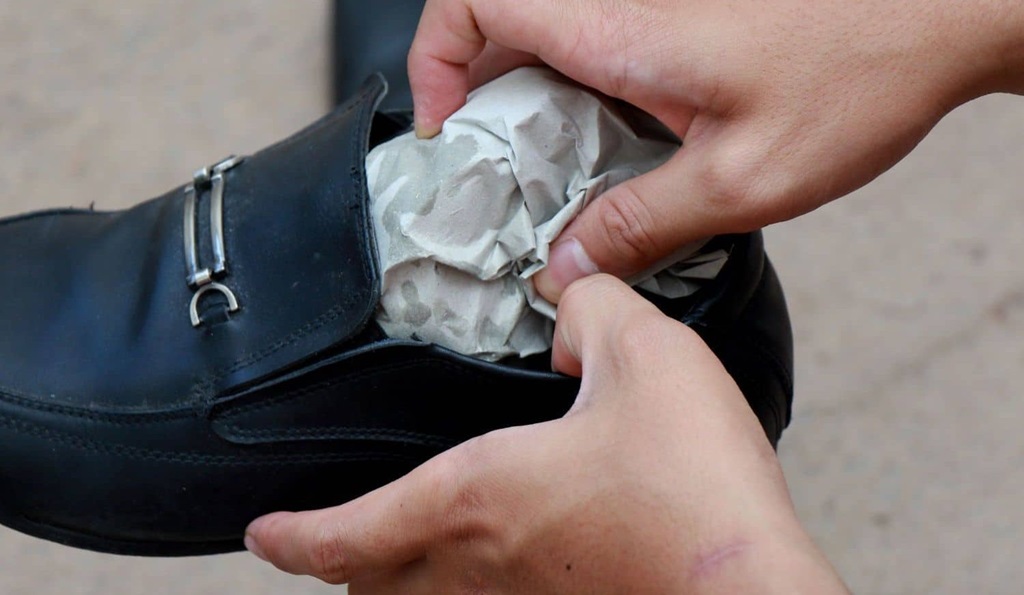
Everyone has experienced the discomfort of tight shoes—whether they were purchased in haste or changed shape over time. Learning how to stretch shoes is a valuable skill that can save both your feet and your wallet. Tight shoes aren’t just uncomfortable; they can lead to blisters, corns, and other foot issues. Fortunately, there are multiple ways to stretch shoes effectively, from professional techniques to creative DIY hacks.
Whether you’re dealing with leather heels, athletic sneakers, or stiff boots, this guide covers everything you need to know. Plus, explore Greatestjournal for even more tips and tricks on lifestyle and style solutions.
Why Do Shoes Need Stretching?
Understanding Shoe Fit Challenges
Shoes that are slightly tight can result from several factors:
- Material Limitations: Leather and suede often feel stiff when new.
- Size Misjudgment: Buying shoes online or during sales may lead to incorrect sizing.
- Foot Shape Variations: Bunions, high arches, or wide feet can make even the right size feel uncomfortable.
A study by the American Podiatric Medical Association (APMA) found that 71% of people experience foot pain from poorly fitted shoes. Stretching shoes can not only enhance comfort but also prolong their lifespan, making it a cost-effective solution.
Common Materials and Their Stretching Needs
- Leather and Suede
These are the most stretchable materials. Leather shoes, for instance, adapt well to professional stretching techniques.
- Synthetic Materials
While they are less forgiving than leather, they can still expand slightly with heat or stretching tools.
- Athletic Sneakers
Athletic shoes can benefit from targeted stretching in areas like the toe box or arch support.
By understanding the type of material, you can tailor your stretching approach to achieve the best results.
Proven Methods for Stretching Shoes
- Use a Shoe Stretcher
Investing in a shoe stretcher is one of the most effective ways to stretch shoes. These tools apply consistent pressure to expand the shoe in key areas like the width, length, or specific problem spots.
How It Works:
- Insert the stretcher into the shoe.
- Adjust the knobs to apply pressure.
- Leave it in for 6–8 hours or overnight for the best results.
Opinion: Experts often recommend shoe stretchers because they offer precision without damaging the material. However, they may not work as well for synthetic shoes.
- Freeze and Expand
The ice method leverages water’s ability to expand when frozen, gently stretching shoes in the process.
Steps:
- Fill plastic bags with water.
- Place the bags inside the shoes.
- Freeze the shoes overnight.
- Allow them to thaw for 20–30 minutes before removing.
Logic: The gradual expansion of water ensures even stretching. However, this method works best for closed-toe shoes like heels or sneakers.
Caution: Avoid using this method on delicate materials like suede or heavily embellished shoes, as moisture can cause damage.
- Heat and Wear
Using heat can soften shoe material, making it more pliable for stretching.
How To:
- Wear thick socks and put on the shoes.
- Use a hairdryer to warm the tight areas for 20–30 seconds.
- Walk around as the material cools and molds to your foot.
Logic: Heat temporarily relaxes the fibers, allowing them to stretch as you move. This method works particularly well for leather shoes.
- Stretching Sprays
Specialized shoe stretching sprays can soften materials like leather or suede.
Steps:
- Spray the interior of the shoe generously.
- Wear the shoes with thick socks or insert a shoe stretcher.
- Let them dry in the stretched position.
Expert Insight: Reviews suggest that stretching sprays are highly effective for delicate shoes like high heels or loafers.
Styling Tips to Avoid Tight Shoes
While stretching is a solution, prevention is equally important. Ensure proper shoe fit by shopping for shoes later in the day when feet are slightly swollen, mimicking real-life conditions.
For tips on pairing your shoes with outfits, check out articles like what color shoes goes with burgundy dress. Proper styling starts with comfort, ensuring both style and wearability.
Creative DIY Hacks for Stretching Shoes

- Potato Trick
Place a peeled potato inside the shoe overnight. The moisture and gentle pressure can help stretch materials like leather.
Pros: A cost-free solution for mild stretching. Cons: It may not work for significant size adjustments.
- Newspaper Method
Dampen newspaper, stuff it into the shoes, and let it dry overnight. The expansion of the newspaper as it dries stretches the shoe.
- Alcohol and Socks
Spray rubbing alcohol inside the shoes, wear them with thick socks, and walk around. The alcohol helps soften and mold the material.
Related: How Shoes Became Iconic in Cholo Fashion: A Journey Through Style and Identity
Professional Shoe Stretching Services
If DIY methods fail, consider professional help. Cobblers use specialized equipment and have the expertise to stretch shoes without causing damage.
Costs: Shoe stretching services typically cost $10–$25, depending on the complexity and material.
Expert Opinion: Professionals recommend cobbler services for expensive or delicate shoes to avoid unintentional damage.
Common Misconceptions About Shoe Stretching
- “All Shoes Can Be Stretched Equally”
Reality: Materials like plastic or patent leather have limited flexibility compared to natural materials.
- “Stretching Shoes Will Ruin Them”
Fact: When done correctly, stretching preserves shoe integrity.
- “DIY Methods Are Unsafe”
Truth: While DIY methods are effective, improper application (e.g., excessive heat) can lead to damage. Always follow instructions carefully.
Benefits of Stretching Shoes
- Improved Comfort
Stretched shoes reduce foot pain and prevent long-term health issues like bunions.
- Extended Shoe Lifespan
Proper stretching maintains structural integrity, reducing the risk of cracks or deformities.
- Cost Savings
Instead of replacing tight shoes, stretching allows you to maximize their use.
- Environmental Impact
Repurposing existing shoes instead of discarding them contributes to sustainability efforts.
Conclusion
Learning how to stretch shoes empowers you to transform tight, uncomfortable footwear into perfectly fitting companions. From professional tools to household hacks, there are solutions for every material and shoe type. Whether you’re reviving old favorites or making new purchases more comfortable, stretching shoes is a practical skill that ensures comfort and longevity.
